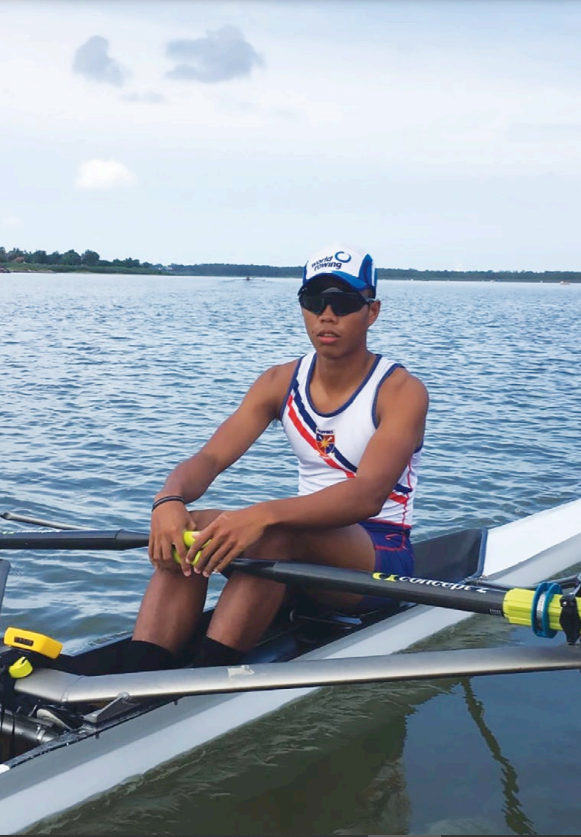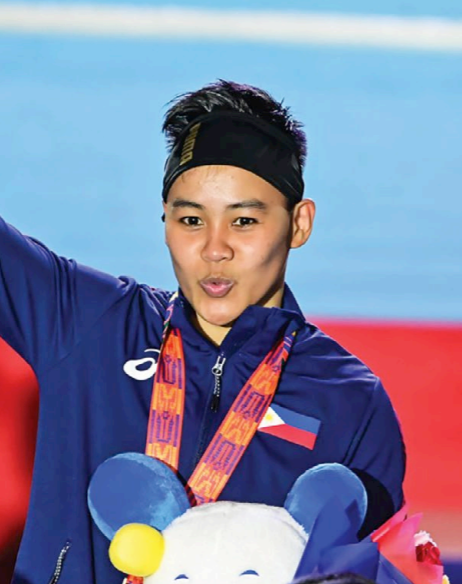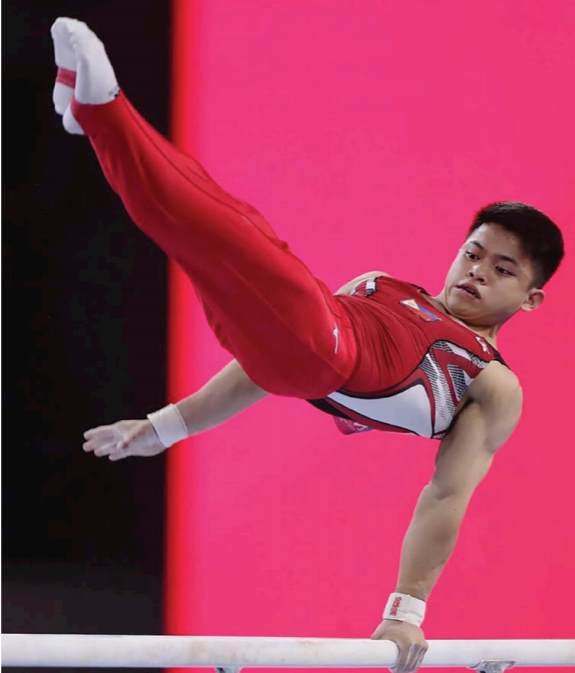All fit to fight for the gold in the Tokyo Olympics, these sports champions have the best chances to do their country proud
The Olympic Games, which originated in ancient Greece about 3,000 years ago, reopened in 1896 in Athens, Greece. Since then, it had been cancelled only three times: in 1916 due to First World War, in 1940 and in 1944 due to Second World War. COVID-19 added to the statistic when it caused the cancelling of the 2020 Tokyo Olympics.
Held every four years, the world’s preeminent sporting competition has been rescheduled this month in Tokyo. As of this writing, 10 Filipino athletes are officially going to the Olympics. Joining the first eight qualifiers (featured here with our US Women’s Open champion whose participation is yet to be announced) are Filipino taekwondo jin Kurt Barbosa and skateboarding’s Margielyn Didal.
See also: Is The Tokyo Olympics Pushing Through? Here's Everything You Need to Know
Yuka Saso (Women's Golf)

By winning the recent US Women’s Open in San Francisco, California, Yuka Saso scored a historic victory for her country, the Philippines. She also qualified to compete in the Tokyo Olympics but excited as she is about this possibility, she would rather take things in stride. Her focus,
for now, are the eight tournaments still on the LPGA (Ladies Professional Golf Association) calendar before the golf competition in Tokyo on 4 to 7 August.
Saso, 19, was born in San Ildefonso, Bulacan but moved to Japan at the age of four with her Filipina mother and Japanese father who would bring her to the golf course with him. She got interested in the sport and when she showed promise, her father brought her back to the Philippines so she can home-school and work on becoming a pro, which happened in 2019.
The first Filipino to win the US Women’s Open idolises Rory Mcllroy, developing an uncannily similar swing with the pro golfer from Northern Ireland. While Saso awaits an official announcement about her joining the Olympics, two other golfers can also qualify for the Tokyo Games: Bianca Pagdanganan and Juvic Pagunsan.
More from Tatler: Yuka Saso: 9 Things You May Not Know About The 2021 US Open Winner





